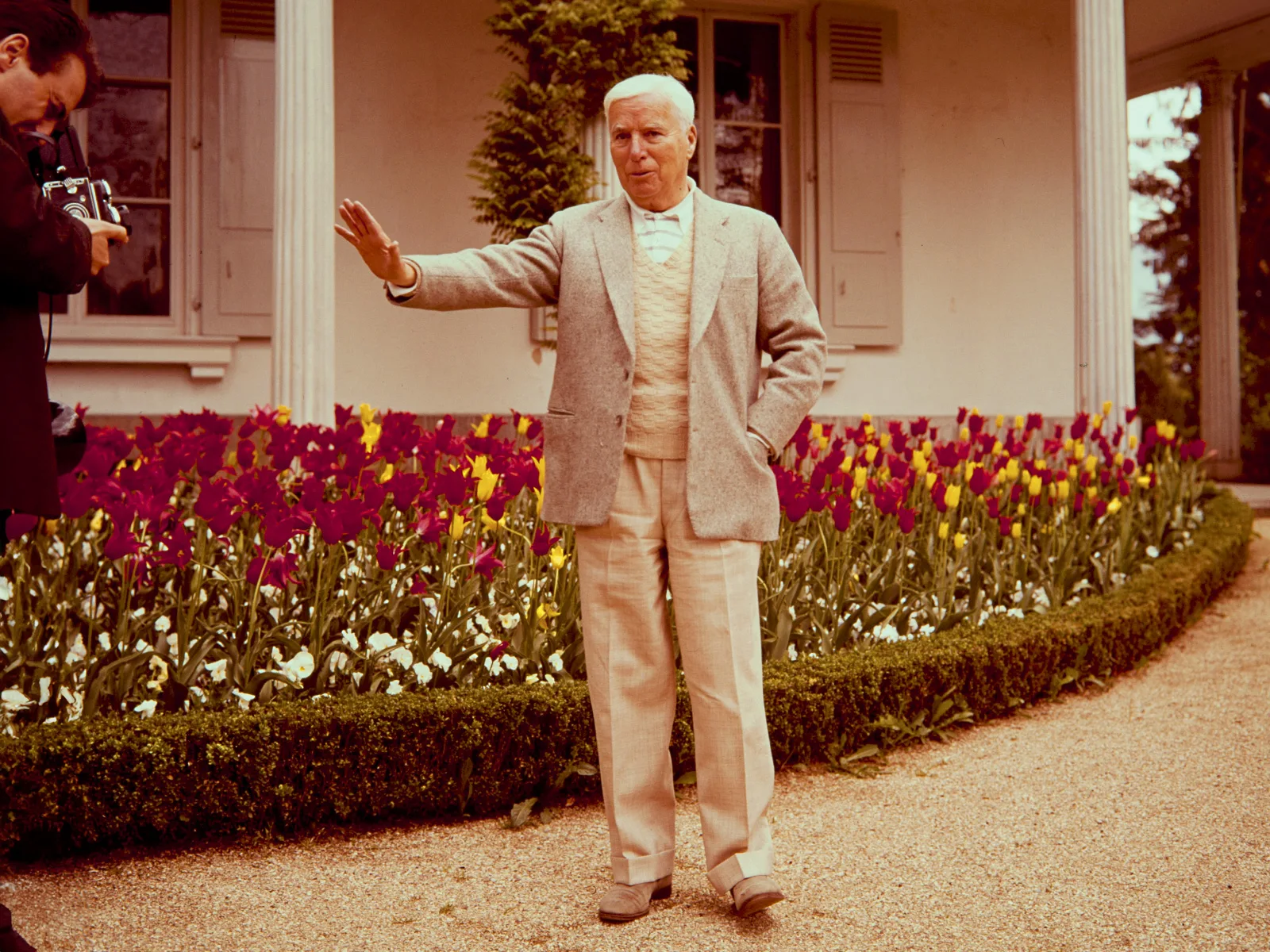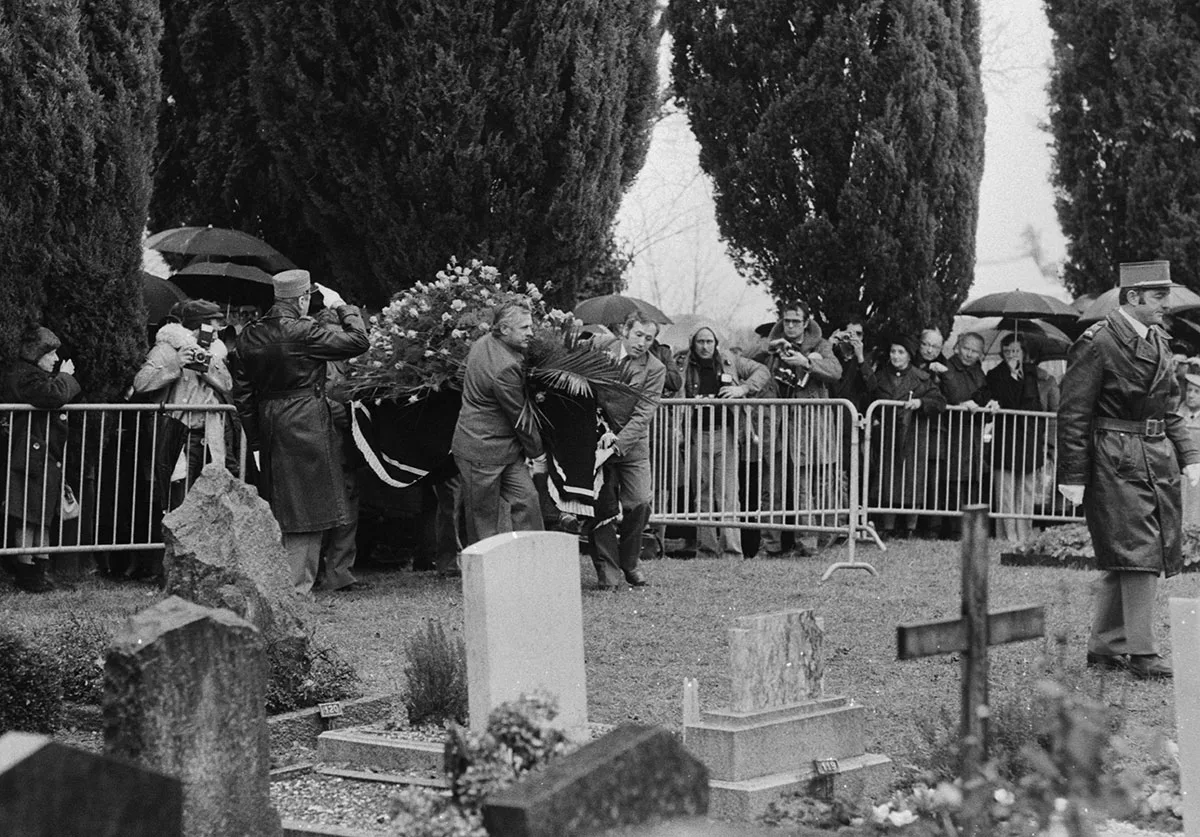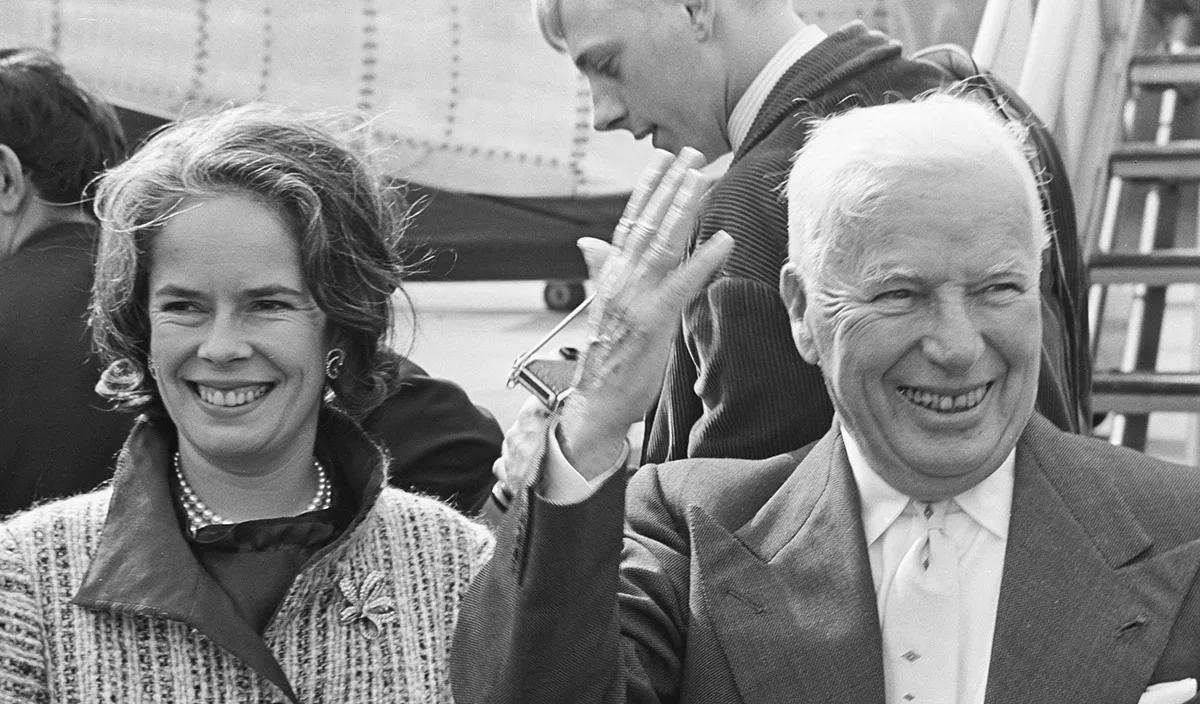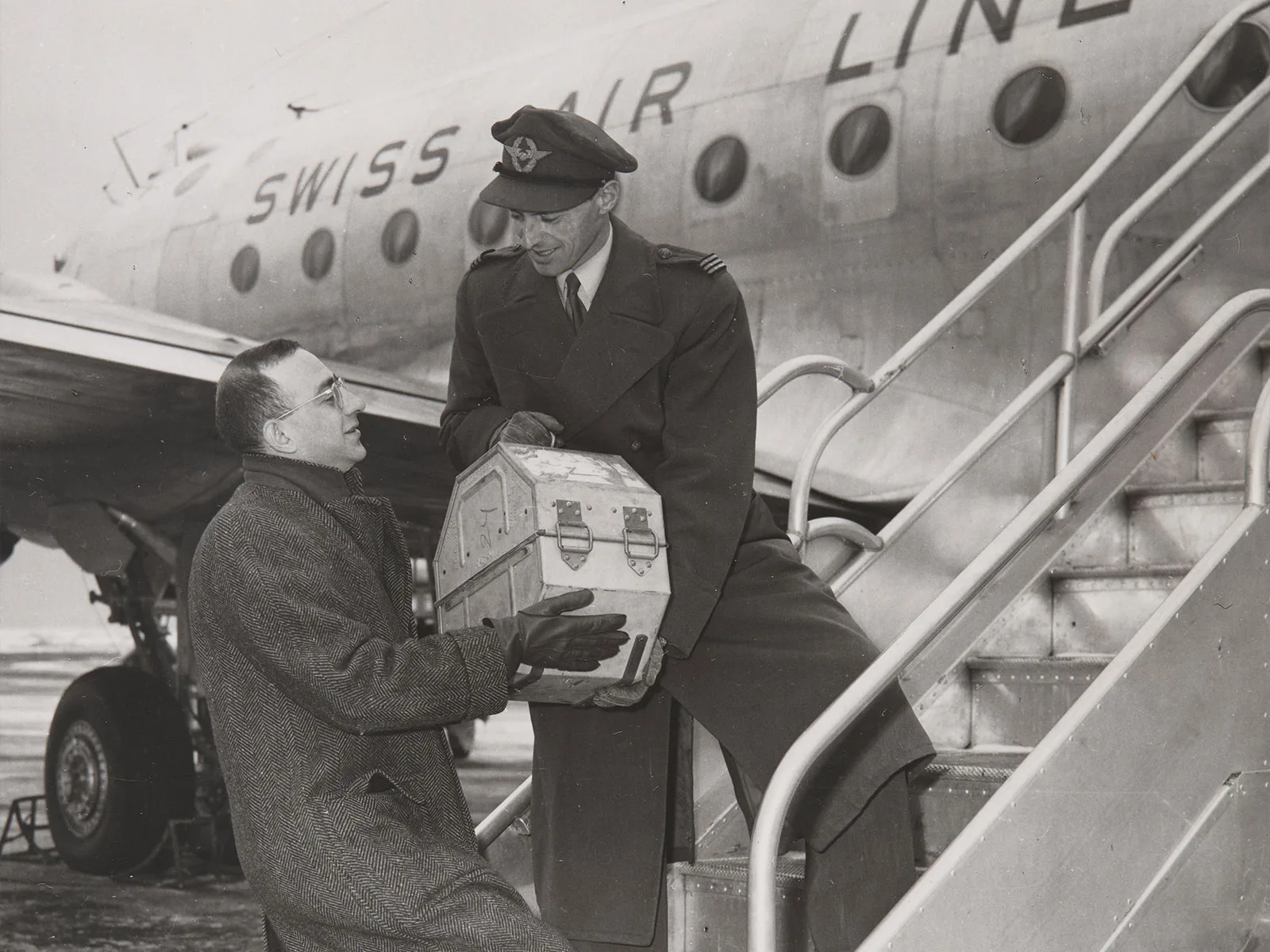
When Chaplin's corpse was kidnapped
Celebrated actor-director Charlie Chaplin died in 1977 and was buried in the cemetery at Corsier-sur-Vevey. But then, grave robbers dug up his body and demanded large sums of money from the family for its return. A macabre story that could have come straight from one of Chaplin's films, but did in fact happen.




The robbing of the grave became the subject of a film: the trailer for the 2014 cinematic release. YouTube



